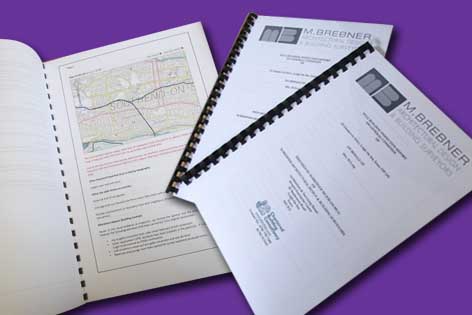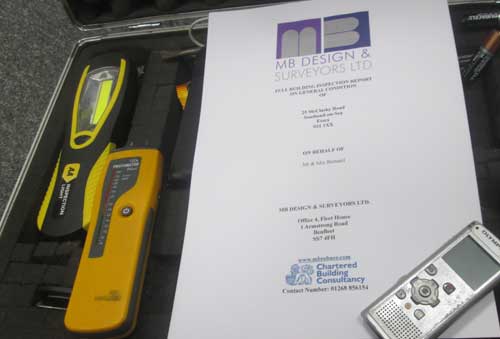Building Survey Essex Moving to Essex?
Worried about high subsidence risk flagged up by mortgage valuation?
Building survey Essex : Often, we receive calls from house buyers who have just had a mortgage valuation carried out by others asking “my mortgage valuation states that the Essex property I wish to buy resides in a high probability of subsidence area, is there anything to be concerned about?
They then wonder whether they ought to have a full building survey due to this.
More often than not, this is simply a matter of what the geological map designates for highly shrinkable clay subsoil areas.
Just because the house you intend to buy resides in a geological high risk of subsidence area, does not mean automatically that it has or will subside.
In other words, due to the classification being based on geological area, it is possible that a whole street or locale could be classified the same way and clearly not all homes in that locale would have subsided or suffered from heave problems.
It is therefore nothing in our opinion to be overly concerned about out of hand, however in these areas it would be very advisable to :
- commission a full structural building survey with someone like ourselves.
Why ? Because we would then check the individual property to determine whether there are any features indicating a trend or mechanism of movement or not.
This is particularly pertinent with an older property, as newer properties constructed say within the last 10-15 years would have been constructed with this subsoil type in mind, with the benefit of the industry knowledge gained for clay subsoil’s after the 1976 drought and subsequent building regulations changes.
So anything older than say 10 – 15 years old in our opinion would be a candidate worthy of a full building survey.
Another good idea is to ask your solicitor to request a copy of the buildings insurance history for the property.
This would serve to flag up any historic subsidence or heave problems associated with the actual property you intend to purchase.
- So the short answer is that just because the property resides in a classified as high subsidence risk area doesn’t necessarily mean that the specific property would definitely have subsidence or heave issues, this is a myth which often puts off purchasers unnecessarily at first bat.
Below is an internal link to our building survey page of our website for you to click if you feel that you might require a survey :


